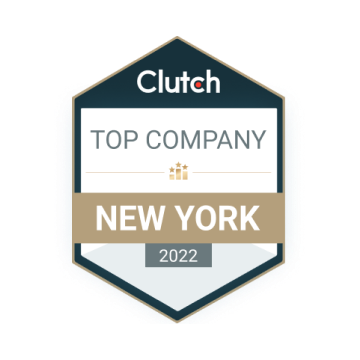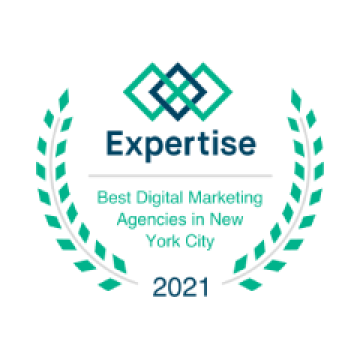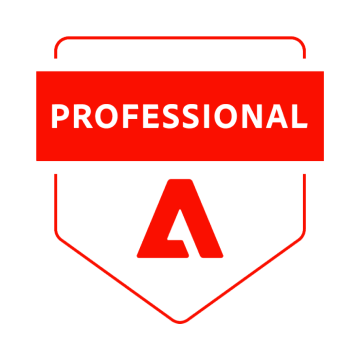Legal Web Design Services
Regulated markets move fast; disputes, contracts, and compliance need a site that’s easy to find, simple to use, and built for action. We design and build legal-grade websites for law firms and in-house legal teams in energy companies – clear information architecture, ADA-compliant UX, performant search, and conversion paths that support intake, RFPs, and matter inquiries. Our approach connects content strategy (practice areas, attorneys, case studies) with technical SEO and secure, maintainable code so your legal presence works like a reliable operations asset.

Our Offerings
Discovery & Information Architecture
We map how prospects, partners, and internal stakeholders actually navigate your site – by practice area, industry, matter type, and location. Outputs include user flows, sitemap, and content models that make attorney bios, case studies, and service pages easy to find and maintain.
UX/UI Design with ADA Compliance
Interfaces are designed for clarity and speed with WCAG 2.2 AA in mind: color contrast, focus states, keyboard paths, forms, and error handling. We prototype critical journeys (contact, intake, RFP, resource download) and validate them with quick usability tests.
CMS Implementation & Content Governance
We implement WordPress or a headless CMS (Contentful, Sanity) with structured blocks for practice areas, attorneys, matters, insights, and events. Permissions, review workflows, and reusable components help teams publish confidently without developer hand-holding.
Technical SEO & Structured Data
Foundational SEO is built in: clean URL patterns, internal linking, XML sitemaps, and schema.org for Organization, LegalService, Attorney, Article, and Event. We optimize Core Web Vitals, handle redirects and canonicals, and set up hreflang for multilingual sites.
Advanced Site Search
We implement fast, relevant search using Elastic or OpenSearch with facets for practice area, jurisdiction, document type, and attorney. Query suggestions, synonyms, and typo tolerance help users locate matters, briefs, and articles in seconds.
Attorney Profiles & Expertise Taxonomies
We model skills, bar admissions, industries (including energy), publications, and representative matters to power dynamic listings and cross-links. Profiles stay consistent while allowing attorneys to highlight thought leadership and recent wins.
Integrations & Data Flow
We connect the site to systems your teams already use: Clio, iManage/SharePoint for documents, HRIS for attorney bios, marketing automation for email, and analytics for conversion tracking. Data moves cleanly between the website, CRM, and reporting.
Ongoing Support & Enhancements
After launch, we handle updates, security patches, and small features from a prioritized backlog. Quarterly reviews surface opportunities: new practice pages, campaign landing pages, microsites for energy-sector initiatives, and accessibility refinements.
How We Bring Value To Your Business
You get a site that functions like a dependable operations tool: faster intake, clear navigation, accurate analytics, and a maintainable stack that plugs into your existing systems.
1
Faster qualified intake & RFP routing
We cut friction in contact → triage → assignment. Forms use branching logic for matter type, jurisdiction, and conflict flags; scheduling and CRM sync push qualified inquiries to the right team without manual handoffs.
2
Findability that compounds
Technical SEO, structured data for LegalService/Attorney, and a disciplined internal-link model make practice areas, attorney bios, and resources easier to discover. This lifts organic visibility and reduces paid reliance for high-intent queries.
3
Accessibility that reduces risk
Design and code follow WCAG 2.2 AA. We cover keyboard paths, focus order, form errors, media captions, and contrast. Periodic audits and fixes keep accessibility from becoming a backlog item or a compliance headache.
4
Performance that supports scale
Lightweight front-ends, image optimization, and caching keep Core Web Vitals healthy even during traffic spikes – from regulatory updates to conference campaigns. Faster pages improve engagement and form completion.
5
CMS governance that saves hours
Structured content types (practice areas, attorneys, case studies, insights) and role-based publishing let teams update pages quickly without breaking layouts. Reusable blocks keep brand and UX consistent across the site.
6
Analytics you can act on
Server-side tagging and clean event design track what matters: qualified form starts/completions, RFP submissions, call clicks, and content depth. Dashboards tie activity to pipeline, so marketing, legal, and operations see the same numbers.
Challenges We Commonly Solve
Many legal sites look credible but struggle to move work forward. We fix the bottlenecks that slow intake, confuse users, and muddy reporting.
Ready to remove friction from intake and RFPs?
Why Choose WiserBrand
You’re getting an experienced web partner for legal teams inside energy companies – one that connects UX, SEO, and systems so your site works like part of operations.
1
Sector-aware architecture and content model
We design information architecture around how legal users search and decide: practice areas, jurisdictions, matter types, and attorney expertise. Content models support regulatory updates, case studies, and RFP pages so editors can publish quickly without breaking layouts.
2
Integration and analytics discipline
We wire the site to the tools your teams already use – CRM, document management, calendars, and marketing automation – and set up clean GA4 events and server-side tagging. Intake quality, RFP throughput, and content engagement are tracked consistently, so leadership can make decisions with reliable numbers.
3
Delivery built for speed and upkeep
Design systems, reusable CMS blocks, and CI/CD releases keep changes moving from request to production with less rework. Accessibility and performance checks (WCAG and Core Web Vitals) are part of the cadence, helping the site stay fast and usable as content and traffic grow.
Cooperation Models
Pick the engagement style that fits your scope, timeline, and in-house capacity.
A defined project to redesign or build your site from discovery through launch. We handle research, information architecture, UX/UI, CMS setup, content migration, technical SEO, analytics, and integrations (CRM, calendars, document systems). You get a detailed plan, milestones, and acceptance criteria so go-live is predictable.
An ongoing program to keep the site performing: backlog planning, A/B tests, accessibility and Core Web Vitals work, search tuning, new practice/attorney pages, landing pages for campaigns, and analytics hygiene. We run in sprints with a quarterly roadmap, so high-impact items ship regularly without interrupting your legal team.
A dedicated cross-functional squad for complex ecosystems – headless CMS, multi-region sites, document libraries, and portals. Typical roster: product manager, UX, full-stack engineer(s), QA, and data/analytics. We work in your tools (Jira, Git, GA4), coordinate with IT and marketing, and provide documentation and training so your team can operate confidently after handoff.
Our Experts Team Up With Major Players
Partnering with forward-thinking companies, we deliver digital solutions that empower businesses to reach new heights.
Our Approach
We move from discovery to launch with a clear plan, tested journeys, and tight handoffs so your website supports matter intake and RFPs from day one.
Discovery & Alignment
Stakeholder interviews (marketing, in-house counsel, IT), analytics and Search Console review, content inventory, and quick audits for accessibility and performance. We define goals, must-haves, constraints (CMS policies, hosting, security reviews), and a measurable roadmap that everyone signs off on.
Architecture & Prototypes
We translate findings into a sitemap, content model, and task flows for intake, RFP, and attorney lookups. Low-fi wireframes become clickable prototypes; 5–7 task-based tests validate navigation and forms. Feedback is folded in before visual design begins.
Design System & Content Foundations
A UI kit and component library cover headers, menus, tables, cards, forms, and alerts with accessible patterns (WCAG 2.2 AA). We add templates for practice areas, attorneys, and matters, plus taxonomy for jurisdiction, matter type, and industry – useful for legal teams that publish often.
Build & Integrate
We implement the CMS (WordPress or headless) and front end (e.g., Next.js) with structured data, fast search, and smart forms (branching, file upload, calendaring). Integrations connect CRM, document systems, calendars, and analytics with clean GA4 events and server-side tagging. A performance budget keeps pages quick.
Launch, Measure, Improve
Staging rehearsals, content freeze, redirects, and editor training precede go-live. Post-launch, we monitor stability, intake quality, and content engagement; then ship a 30/60/90-day improvement plan with A/B tests and a prioritized backlog for ongoing gains.
Case Studies
Our case studies highlight the outcomes we’ve delivered and the approaches that made them possible.
Legal Web Design Services FAQ
Most full redesigns run 10-16 weeks from discovery to launch, depending on content volume, integrations (CRM, document systems), and approvals.
Yes. We plan redirects, preserve URL structures, carry over schema, and validate with Search Console so rankings and analytics continuity are maintained.
Accessible patterns for navigation, forms, and media; correct contrast and focus states; labeled inputs and error messages; and periodic audits to catch regressions.
Branching forms by matter type and jurisdiction, file upload for RFPs, real-time validation, calendar embeds, and CRM routing that sends qualified inquiries to the right team.
Qualified form starts/completions, RFP submissions, time to first response, top paths to attorney profiles, Core Web Vitals, and content engagement in GA4.























